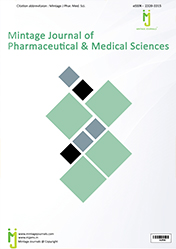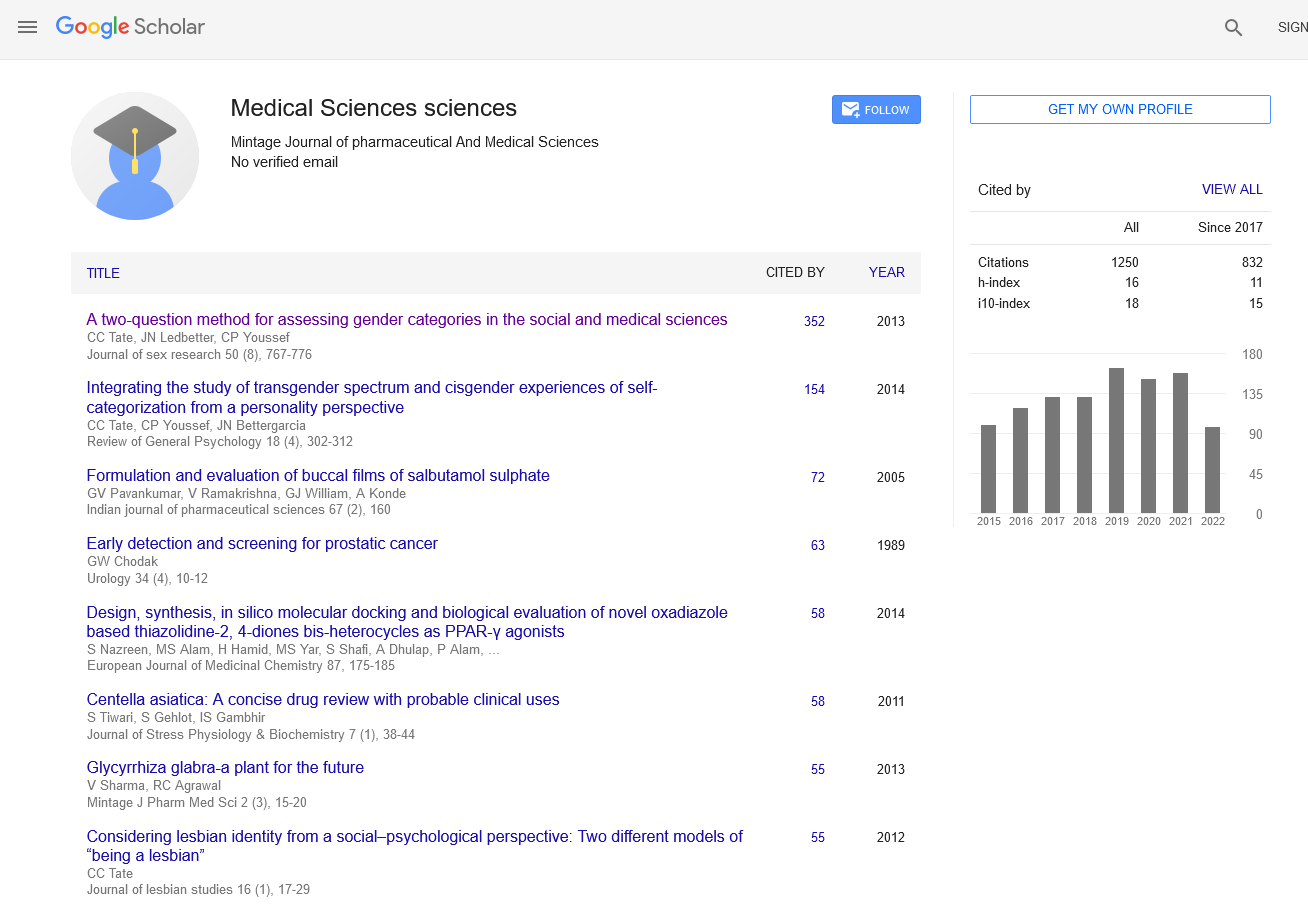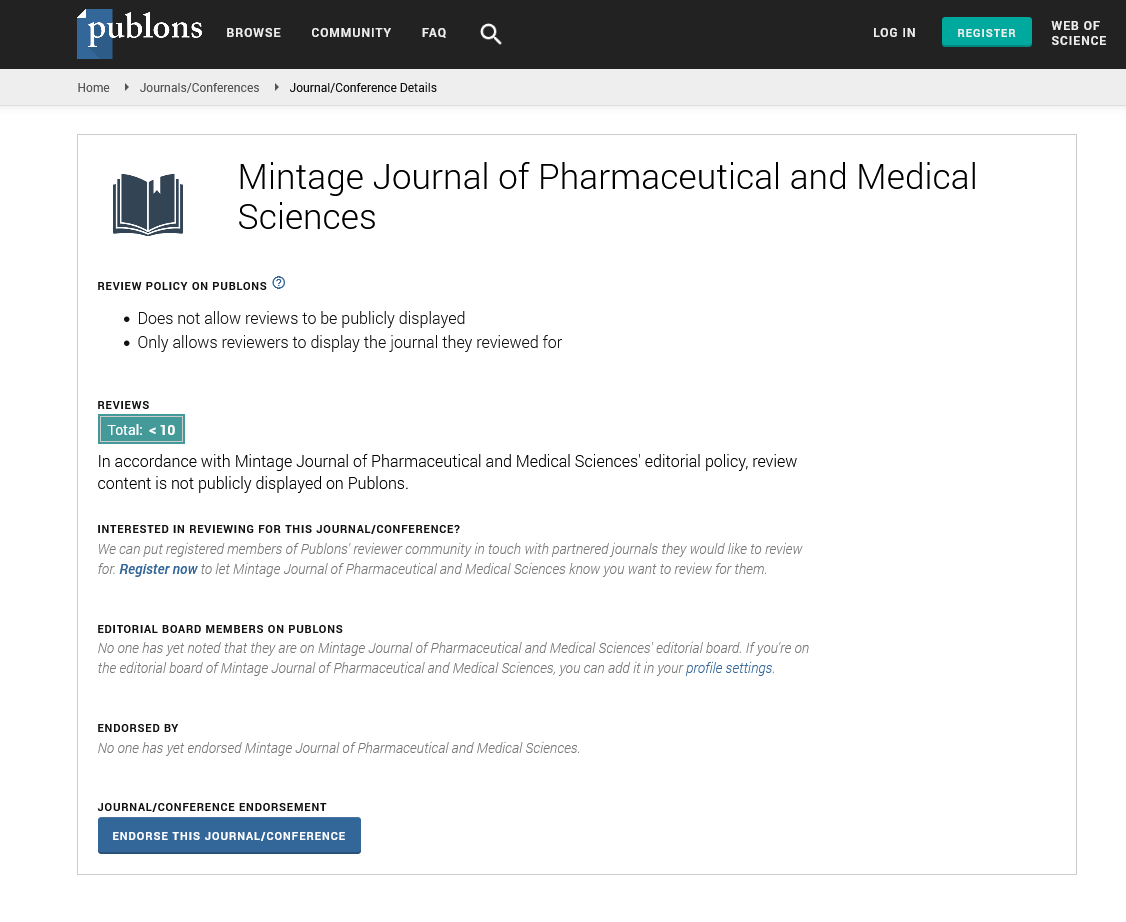Abstract
DESIGN, SYNTHESIS, INSILICO MOLECULAR DOCKING STUDIES OF SOME NEW ANTIDIABETIC AMINO ACID ESTERS AS POTENTIAL TARGETS FOR ?
Author(s): PAVAN KUMAR CHADALAWADA, SRUTHI.K, POOJA.B, BHANU SREE.G, FAYAZ.SK, VICTOR.I.P
A series of amino acids including Glycine, Tryptophan, Arginine and Cysteine was reacted with alcohols like methanol, propanol, phenol, n-butanol was transformed to corresponding amino acid methyl ester hydrochlorides. Methods: Molegro Virtual Docker (MVD) was used, the 10 analogues were docked in the Acarbose bound active site of 3M07 using Acarbose and further compared between in silico and in vitro studies. Results: In this study, the results showed that T1, T2 proved to have better H-bonding in α - Amylase (3M07) which can be seen from Moldock score -108.711,-107.401 than Acarbose Moldock score was -93.1984 and it means that the energy was lower with more stable binding. Moldock Score of T1, T2, A1, A2, A3, C2, C1, G1, G3, and G2 were -108.711,-107.401,-92.685,-88.9983,-84.0515,-82.9936,-75.9834,- 74.8734,-72.793 and -60.4139 respectively. The hydrogen bonds of T1, T2, and Acarbose with an amino acid of α - Amylase (3M07) were His, Tyr, Thr and Asp. All the compounds were studied for the in-vitro anti-diabetic activity by the alpha-amylase inhibition method. Conclusion: The compounds showed mild to moderate anti-diabetic activity. T1, T2 were found to be most active among the series of compounds in comparison with Acarbose. Therefore this class of compound could be a good starting point to develop new lead compounds in the treatment of anti-diabetic activity.

ISSN: 2320-3315
ICV :81.58

